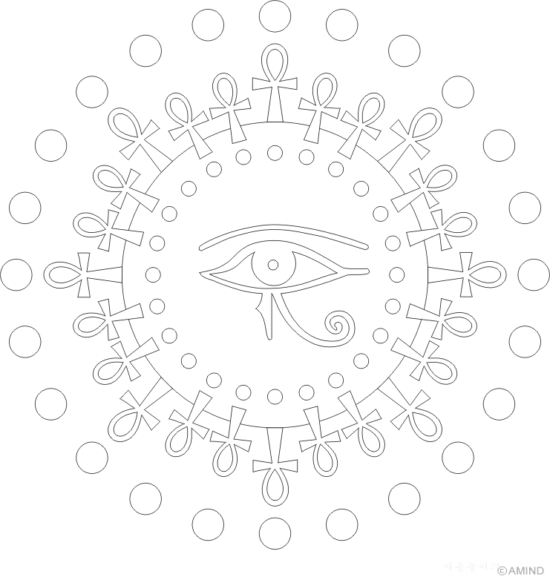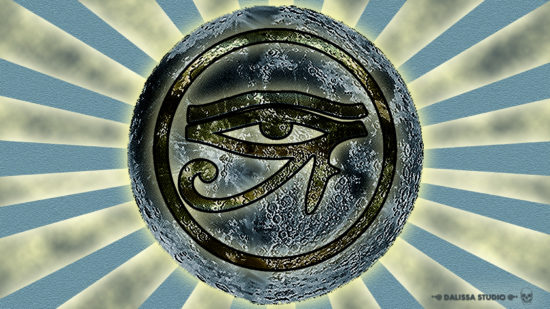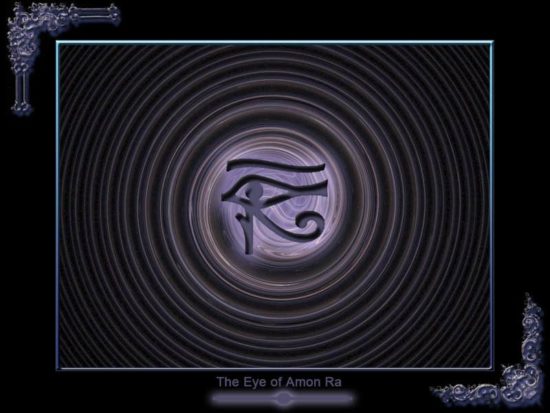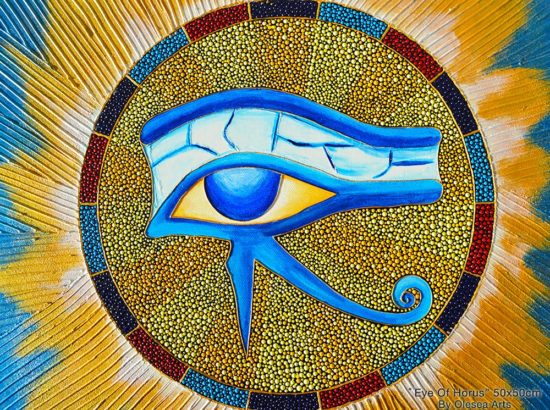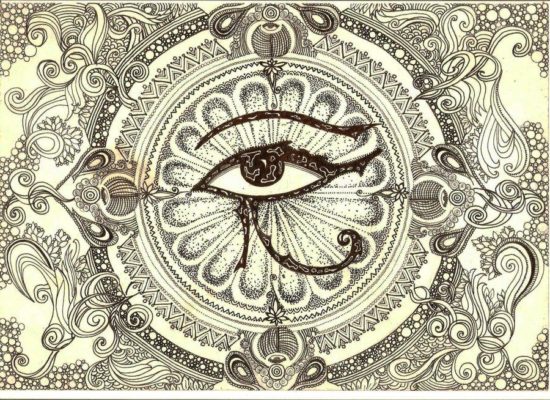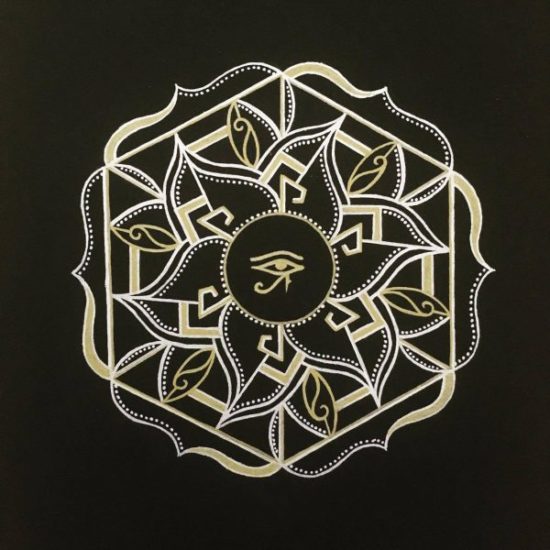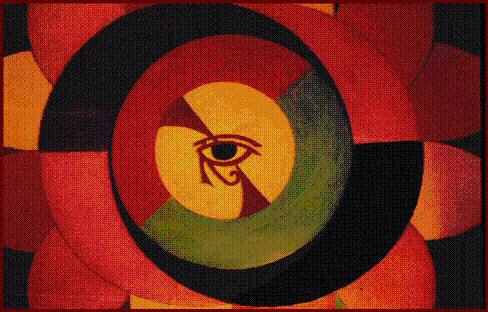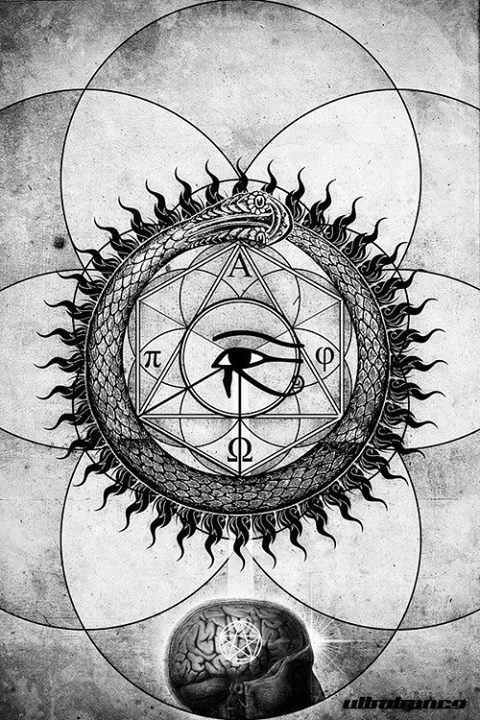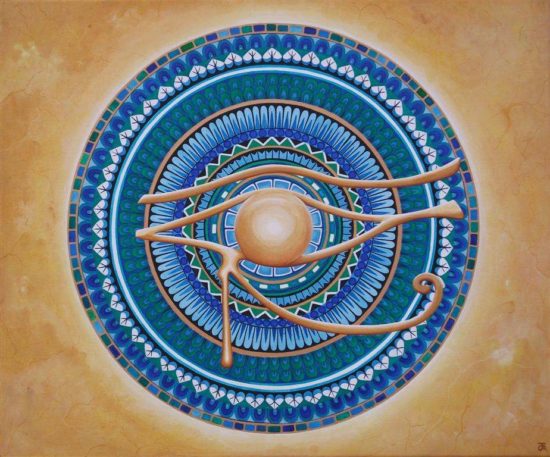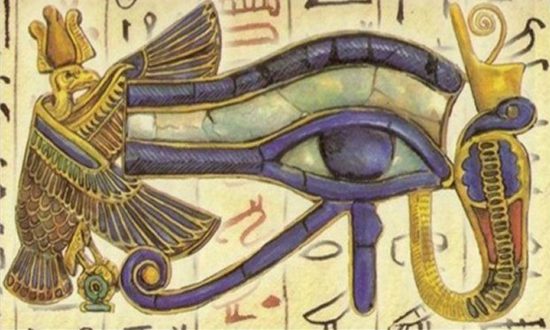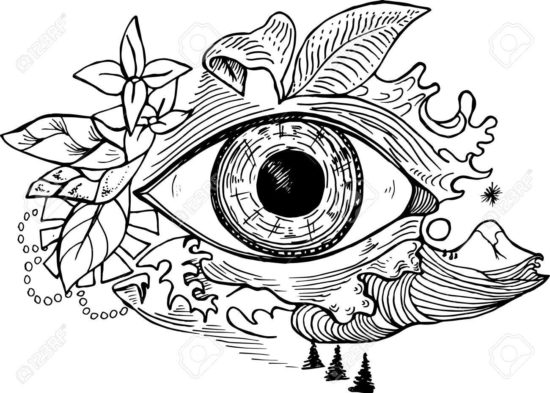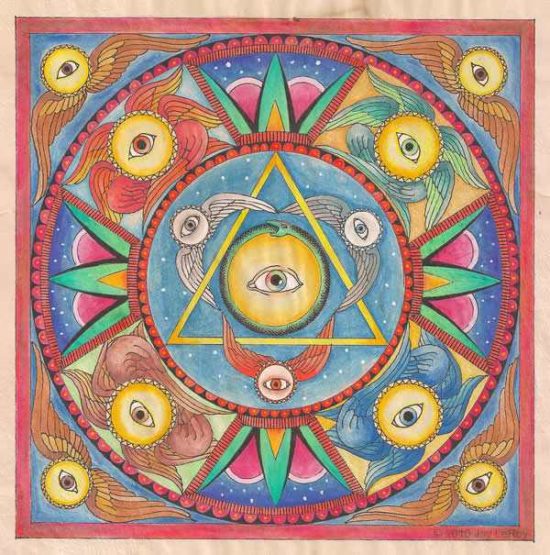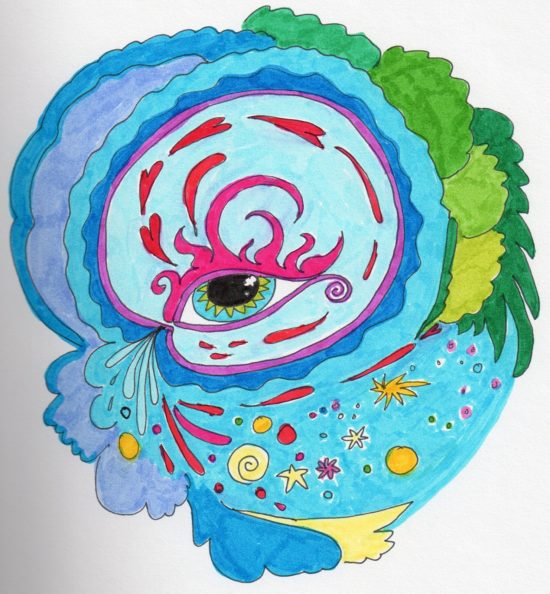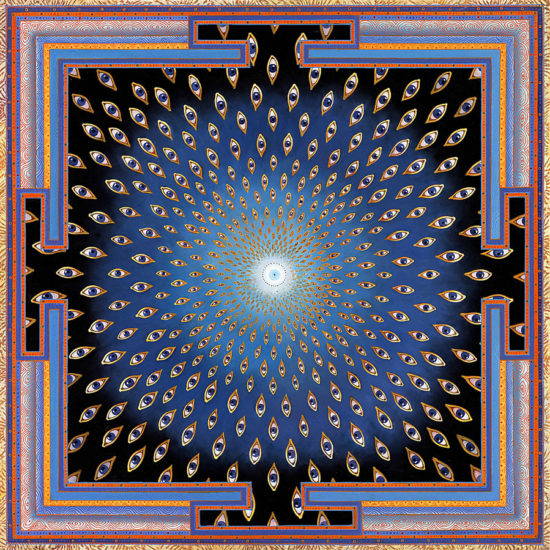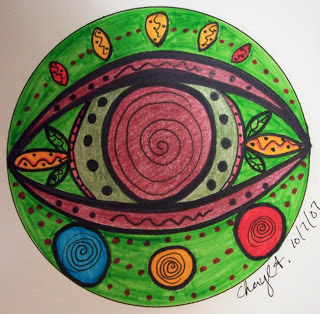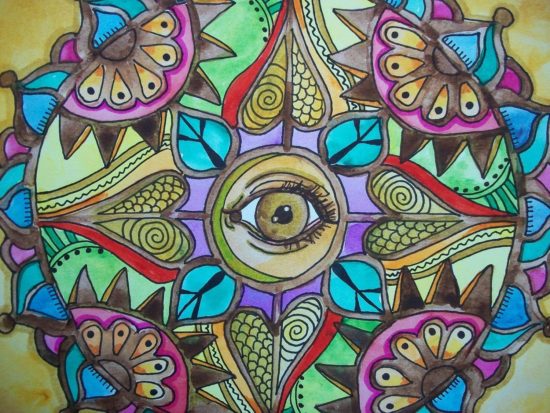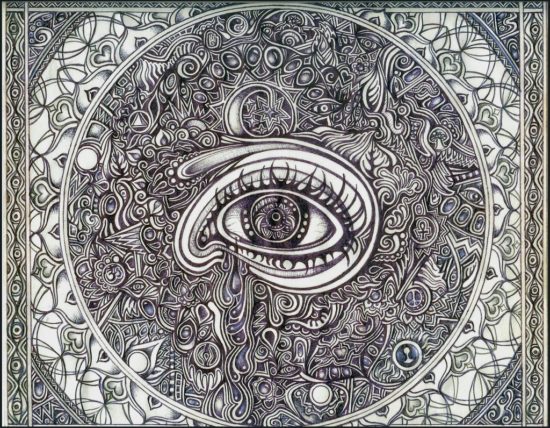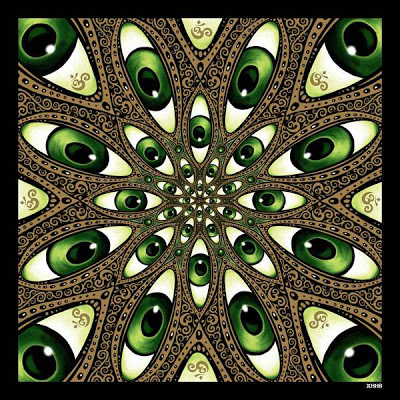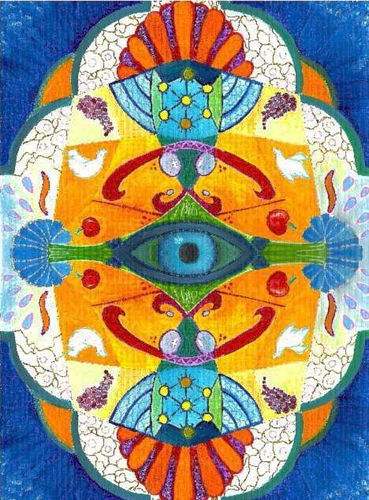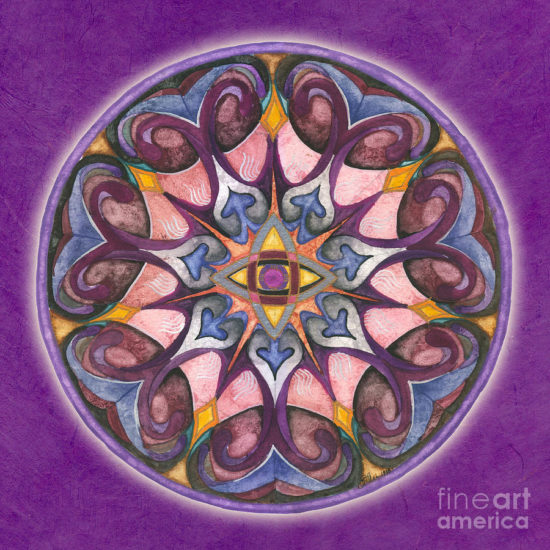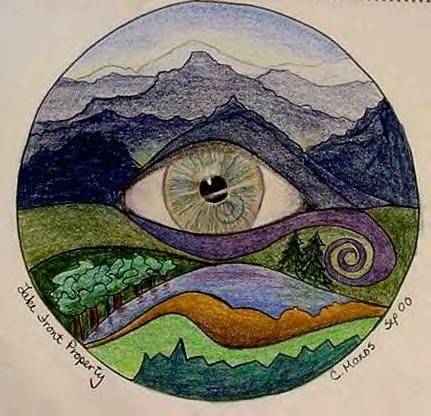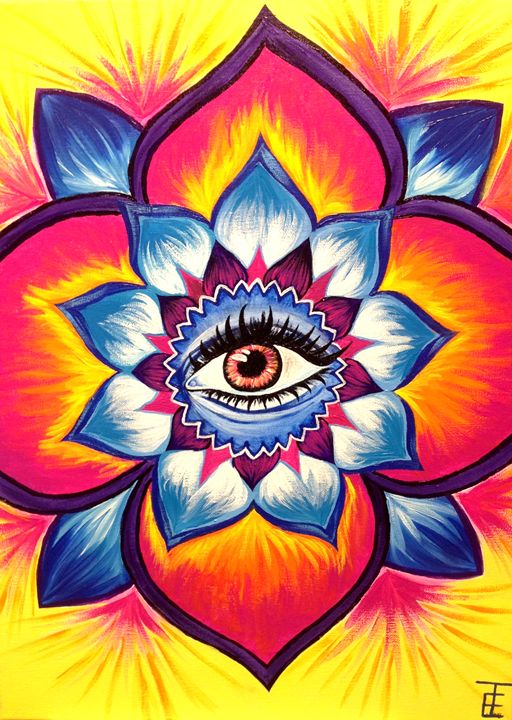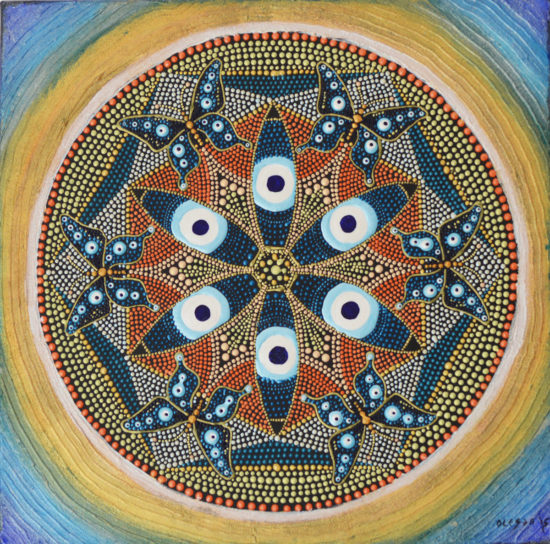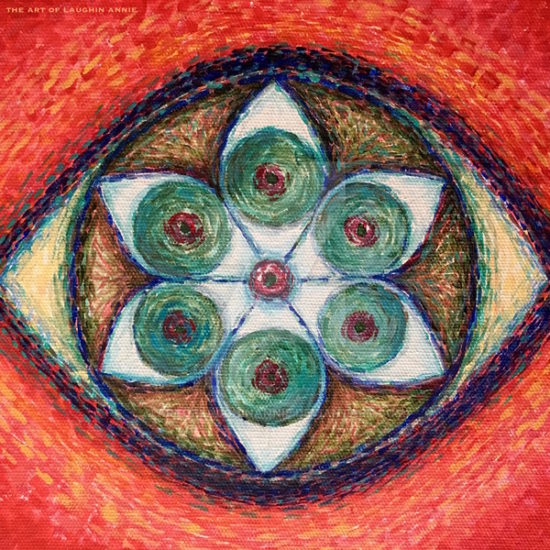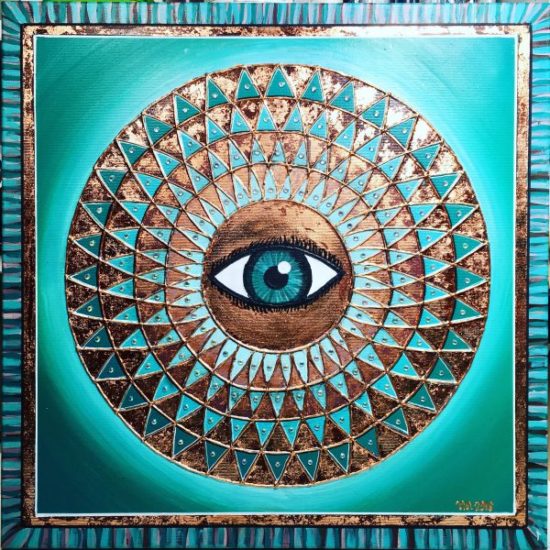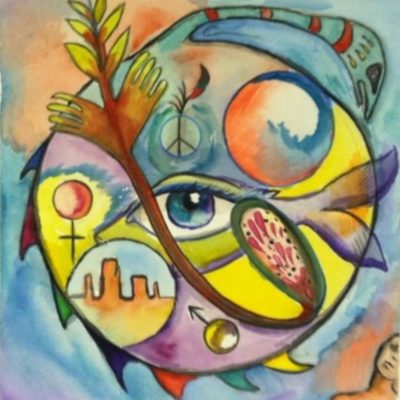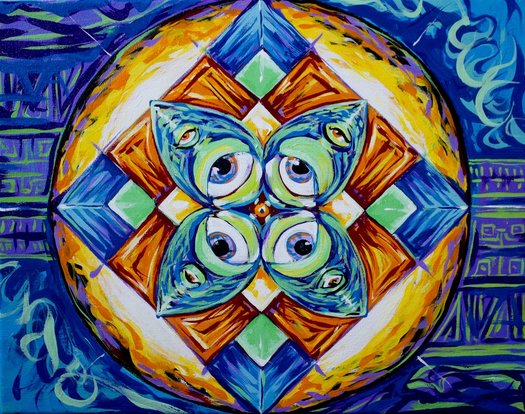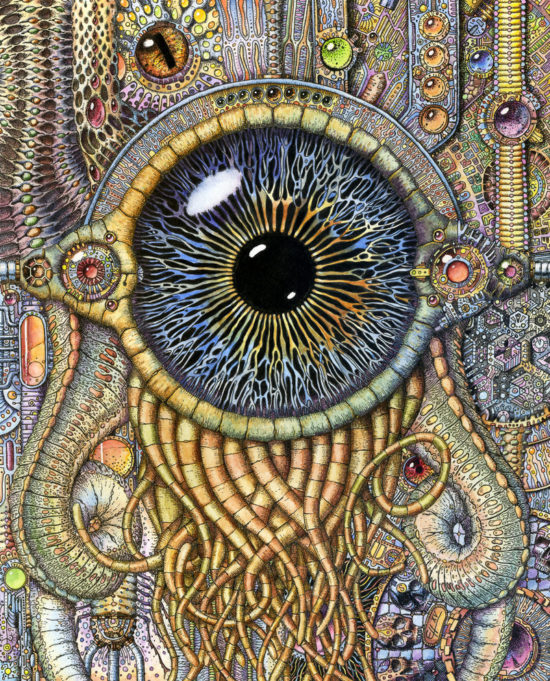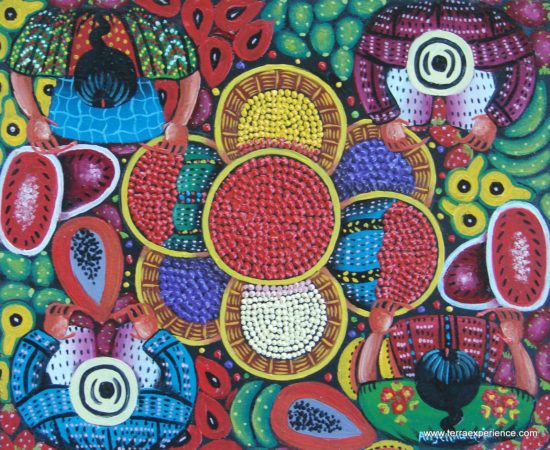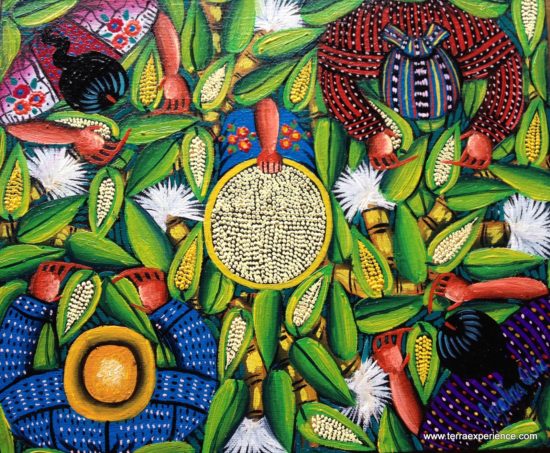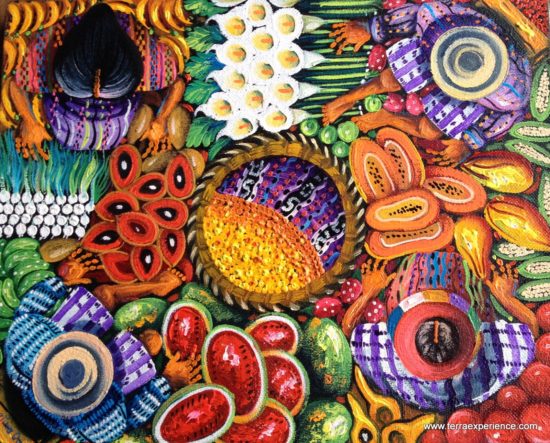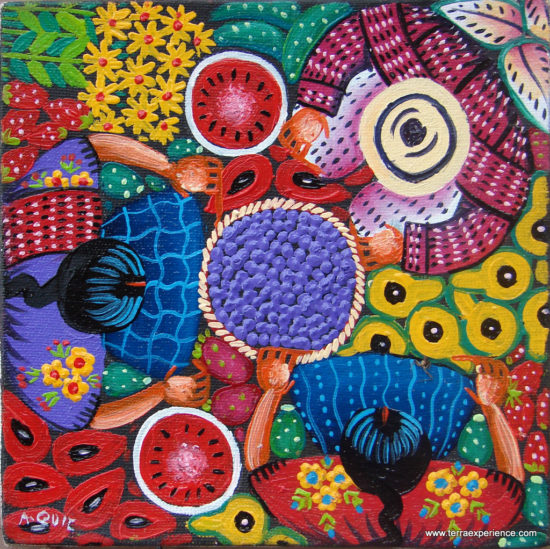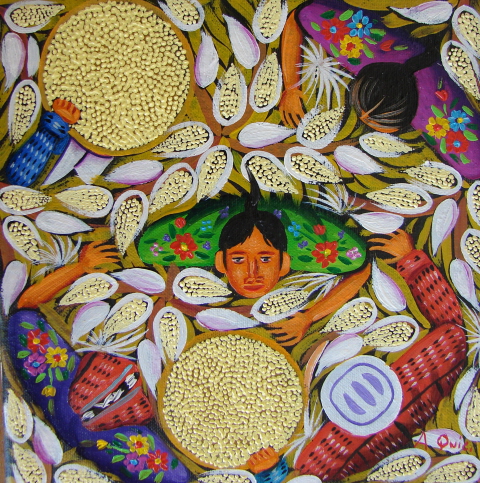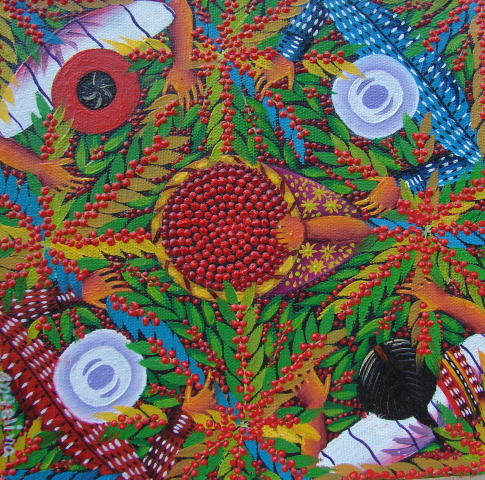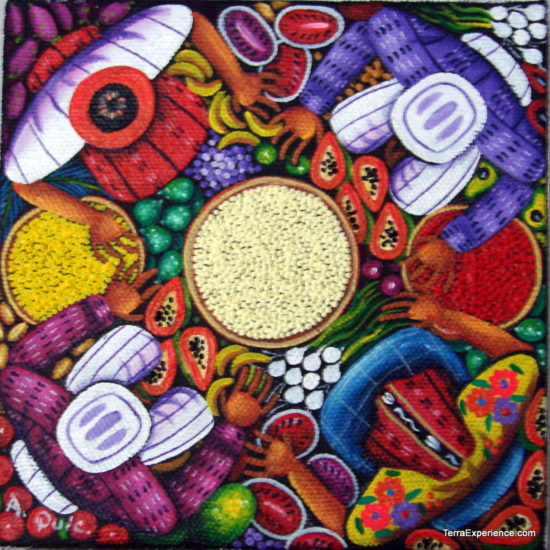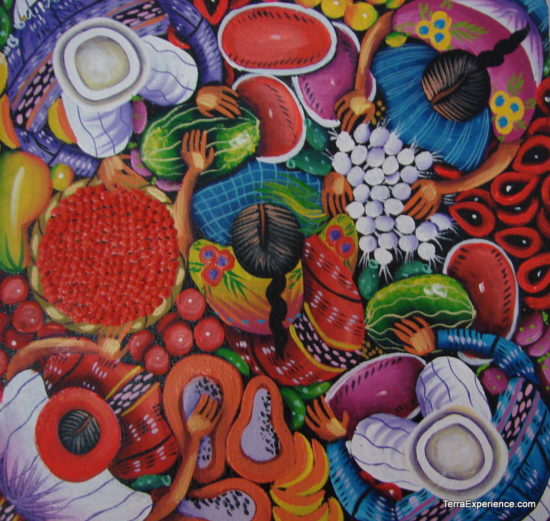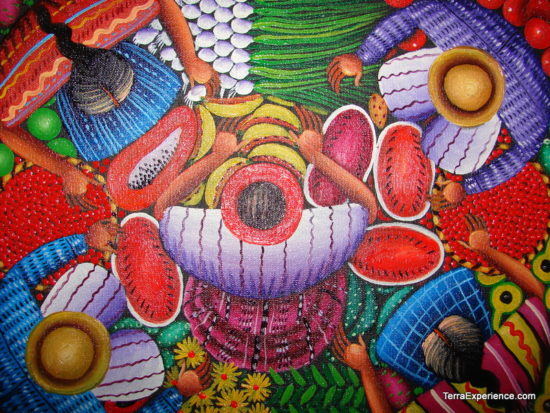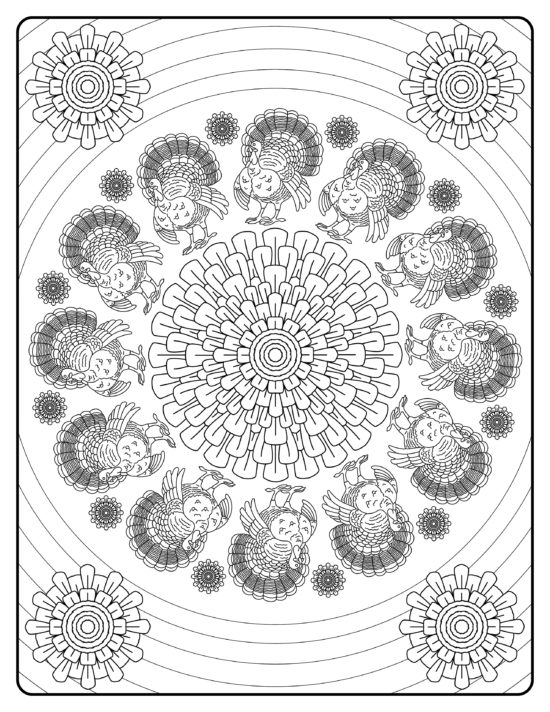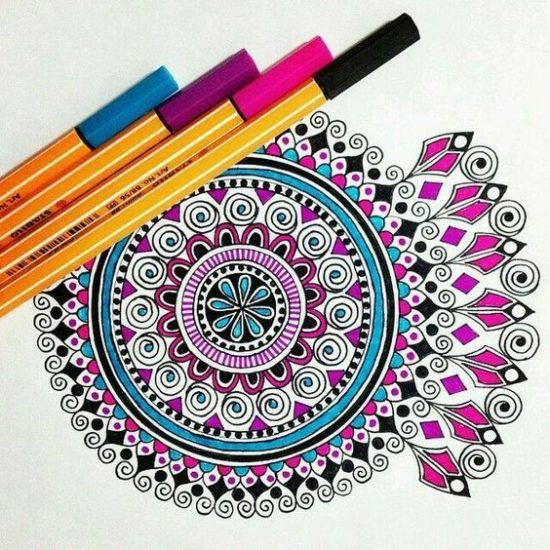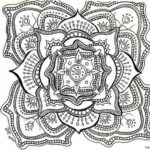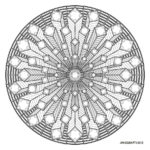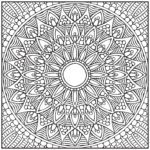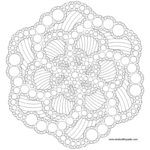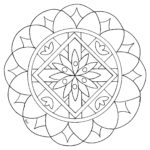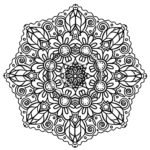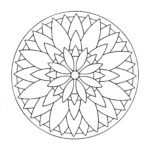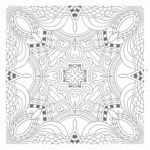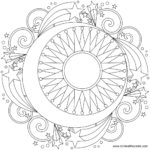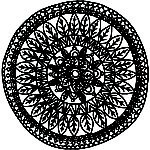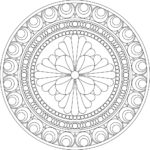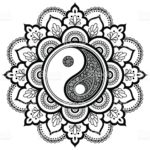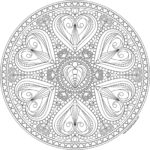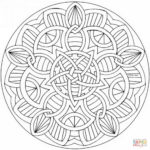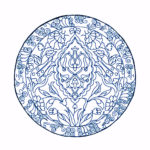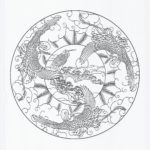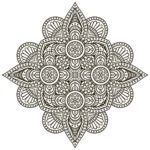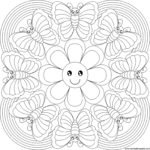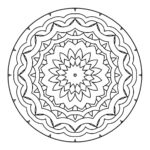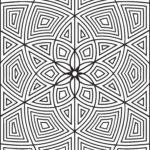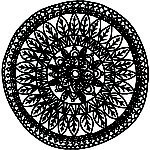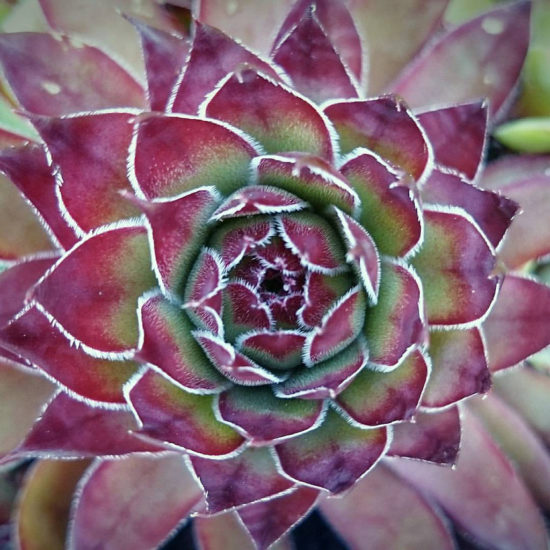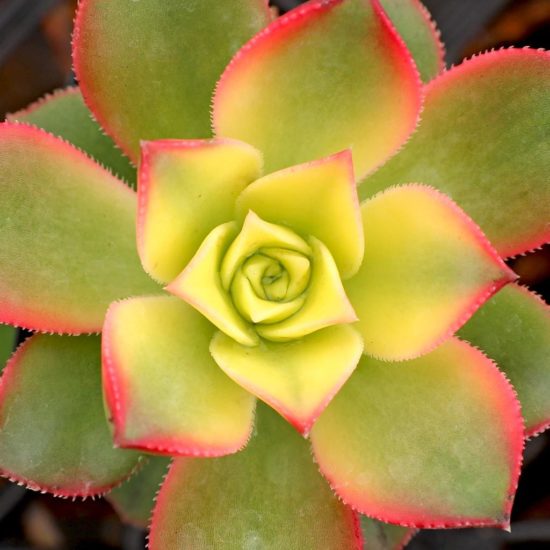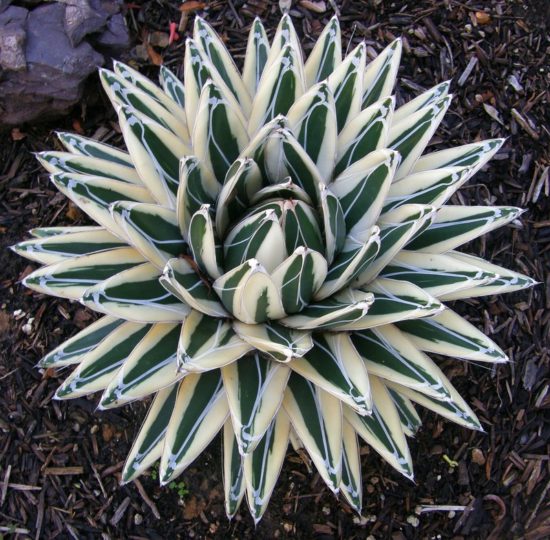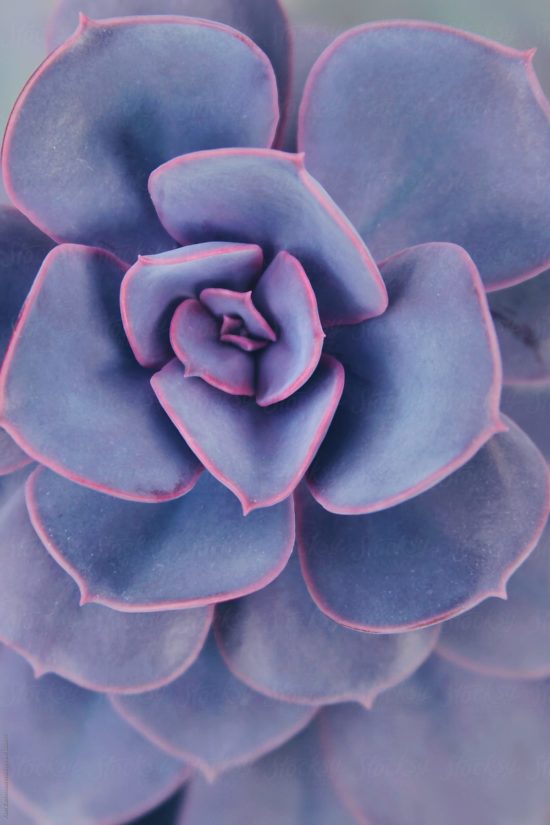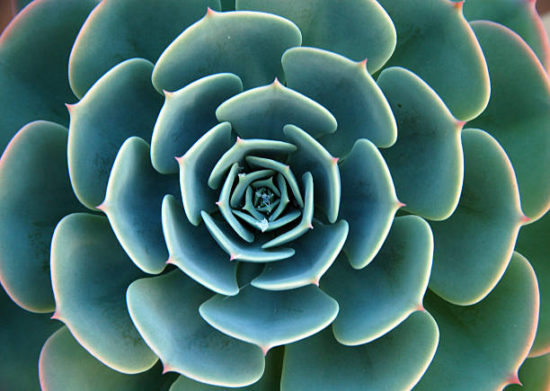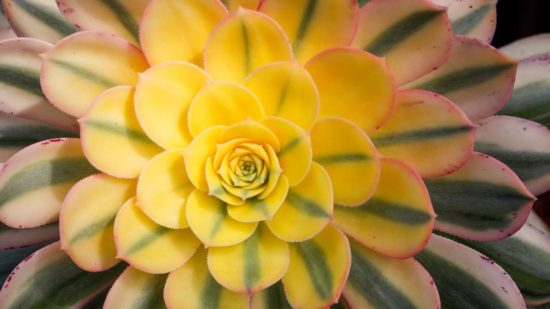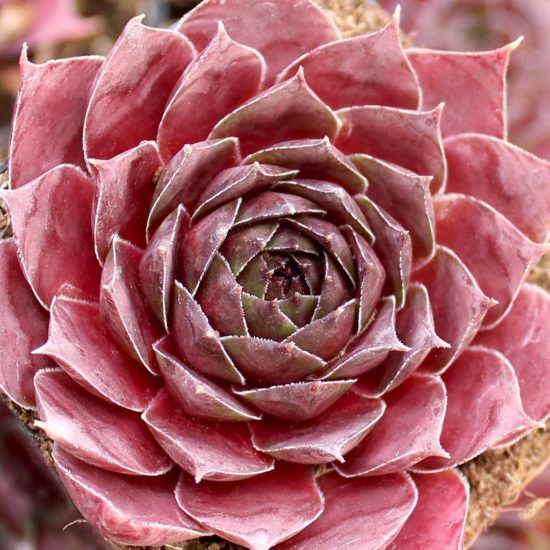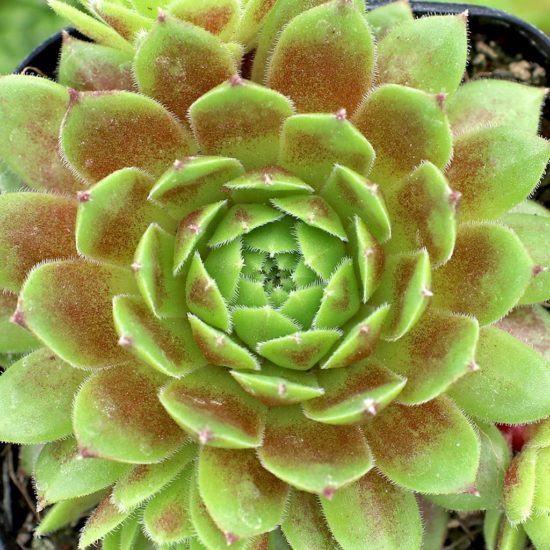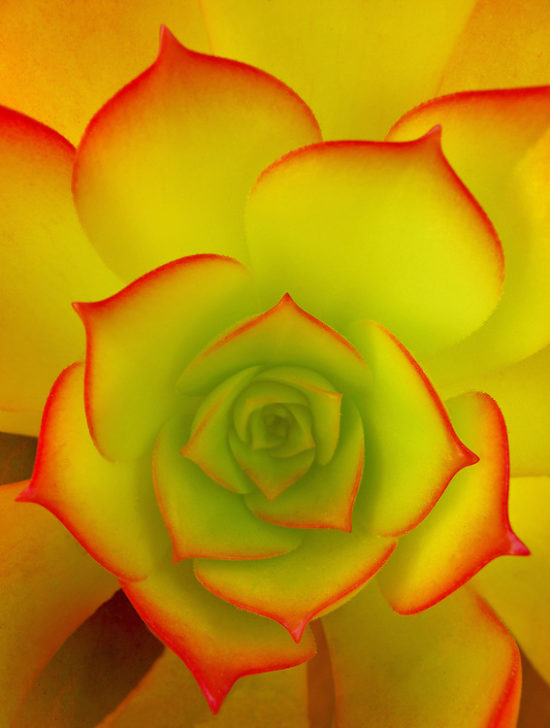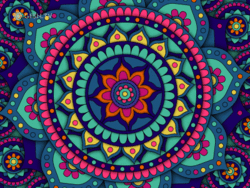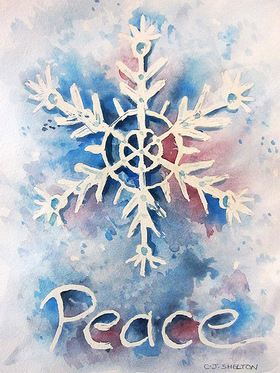An Eye Of Horus To Color
An Eye of Horus Art Collection
About The Eye of Horus
The Eye of Horus is an ancient Egyptian symbol of protection, royal power and good health. The eye is personified in the goddess Wadjet (also written as Wedjat, or “Udjat“, Uadjet, Wedjoyet, Edjo or Uto). It is also known as ”The Eye of Ra”.
The name Wadjet is derived from “wadj” meaning “green”, hence “the green one”, and was known to the Greeks and Romans as “uraeus” from the Egyptian “iaret” meaning “risen one” from the image of a cobra rising up in protection. Wadjet was one of the earliest of Egyptian deities who later became associated with other goddesses such as Bast, Sekhmet, Mut, and Hathor. She was the tutelary deity of Lower Egypt and the major Delta shrine the “per-nu” was under her protection. Hathor is also depicted with this eye.
Funerary amulets were often made in the shape of the Eye of Horus. The Wadjet or Eye of Horus is “the central element” of seven “gold, faience, carnelian and lapis lazuli” bracelets found on the mummy of Shoshenq II. The Wedjat “was intended to protect the pharaoh in the afterlife” and to ward off evil.
Ancient Egyptian and Near Eastern sailors would frequently paint the symbol on the bow of their vessel to ensure safe sea travel.
From: Wikipedia
An Eye To Color
All this talk about eyes… makes me want to try my hand at coloring one. Enjoy!
Mandala Eyes ~ A Collection
The Eye As A Symbol
The symbolism of the eye occurs in so many places and in so many different forms that its pervasiveness symbolizes the “All Seeing Eye” itself.
The eye is closely associated with the idea of light and of the spirit, and is often called the “mirror of the soul.” When a person dies one of the first things that is done is that the eyes are closed, a timeless gesture that signifies the departure of the essence of life.
Generally, the right eye is considered to be the eye of the sun, the left, that of the moon.
The eye represents the “god within,” for example as the “third eye” whose position is designated by the small dot called the bindhu above and between the actual eyes. The Buddha is always depicted with this third eye. Here, the eye signifies the higher self, the part of man’s consciousness that is ego-free and can guide and direct him. whereas the eyes are organs of outward vision, this “eye of wisdom” directs its view internally as the “eye of dharma” or the “eye of the heart.”
As an occult symbol, the unlidded eye has its origins as the symbol of the Egyptian Goddess of Truth, Maat, whose name was synonymous with the verb “to see”; therefore the concepts of truth and vision were closely aligned.
The same eye symbol appears as the “Eye of Horus,” or Udjat. This stylized eye, with a brow above and featuring a curlicue underneath, represents the omnipresent vision of the Sun God Horus, and is a prominent symbol within the Western magical tradition where it represents, among other things, secret or occult wisdom. This eye was painted on the sides of Egyptian funerary caskets in the hope that it would enable the corpse to see its way through the journey to the Afterlife.
In Celtic magical lore, too, the eye equated with the Sun, and the planet and the eye shared the same name, Sul.
The All Seeing Eye, the eye within a triangle with rays emanating from the lower lid, is used not only in Freemasonry (where it stands for the “Great Architect of the Universe,” for external vision, and also for inner vision and spiritual watchfulness) but in Christian symbolism too.
The eye symbol is used as a charm, painted on the sides of humble fishing boats, in order to protect the boat from the evil eye and to somehow confer this inanimate object with the power of sight of its own, a notion which follows exactly the same reasoning behind the practice of the Egyptians painting eyes on the coffins of their dead.
Belief in the evil eye is ancient, referred to in Babylonian texts dating back to 3.000 years before Christ. This is the idea that some people can curse an object (or a person) simply by the act of looking, as though the eye itself can direct a malevolent thought. It is a mark of the profound belief in the concept of the evil eye that there are so very many charms said to protect against it.
Coming Together With Food
Happy Thanksgiving!
Coloring Mandalas for Healing Therapy
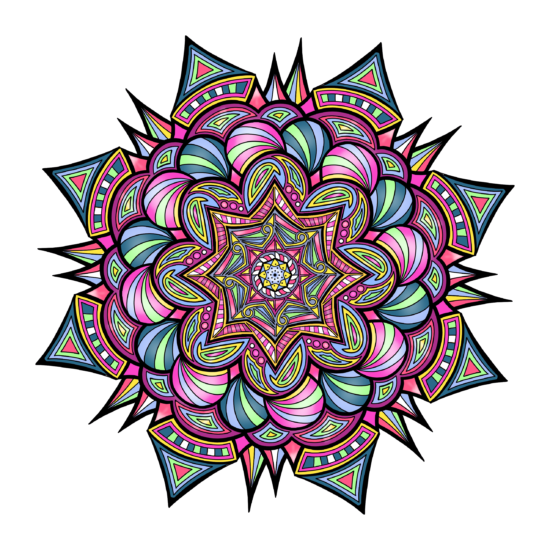 “I awaken to the power of the mandala,
“I awaken to the power of the mandala,
A sacred circle of light and energy,
A pathway to center—to my center and to the universal All,
A channel for healing body, mind, and spirit.”
~ author unknown ~
The Mandala (Sanskrit for “circle” or “completion”) has a long history and is recognized for its deep spiritual meaning and representation of wholeness.
The circle is a symbol of wholeness, continuity, connection, unity, harmony and the cycle of life. Unlike other shapes, the circle flows and has no hard edges or angles. Circles are believed to help individuals focus inward.
Coloring Mandalas
If you choose to color a mandala it will tap into your creativity without any need for artistic expertise. Mandalas are used universally to promote healing and other positive states of being. Why? One explanation comes from its very design. The mandala is a circular matrix with a center point—a point from which all things are possible
If you are not ready to design an original mandala, internet sites have mandalas ready for coloring as a free copy or download. It is always best to select colors intuitively when coloring a mandala. Listed below are colors and their symbolic meanings.
- RED for strength, high energy and passion
- PINK for love, intuition and the feminine
- ORANGE for creativity transformation,self-awareness and intuition
- YELLOW for learning, wisdom, laughter and happiness
- GREEN for physical healing, psychic ability, love of nature and caring
- BLUE for emotional healing, inner peace and meditation
- PURPLE for all things spiritual
- WHITE for spiritual focus
- BLACK for mystery, deep thinking and individuality
Once you’ve created your mandala, put it somewhere you’ll see it every day, on the wall, as a screen saver on your phone, laptop, or computer, so that it will work its magic in your life.
Love the idea but don’t have a mandala to color? Here are a bunch of mandalas to choose from:
From: Balanced Women’s Blog
